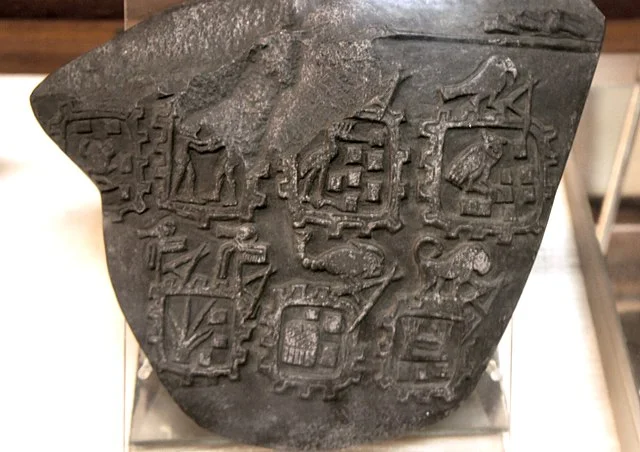The Libyan Palette is an ancient Egyptian cosmetic palette dating back to the late Predynastic Period, around 3100 BC. Found at Abydos, this artifact provides significant insight into Egypt’s early political and artistic development. Like other palettes from the same era, it was likely used to grind and mix cosmetics, but its intricate carvings suggest a deeper symbolic role.
Get your dose of History via Email
Discovery and Context
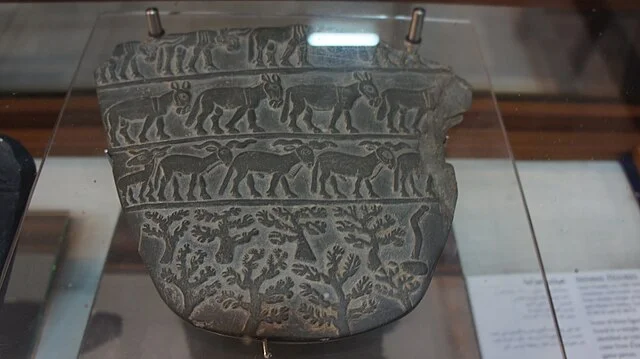
Archaeologists discovered the Libyan Palette in Abydos, one of ancient Egypt’s most significant religious sites. Abydos was a hub for early royal burials and religious ceremonies. The palette’s unique carvings differentiate it from other palettes used for cosmetics, as it serves a more ceremonial purpose. The palette dates from the late Predynastic Period, a time of political unification and growing complexity in Egyptian society.
Design and Iconography
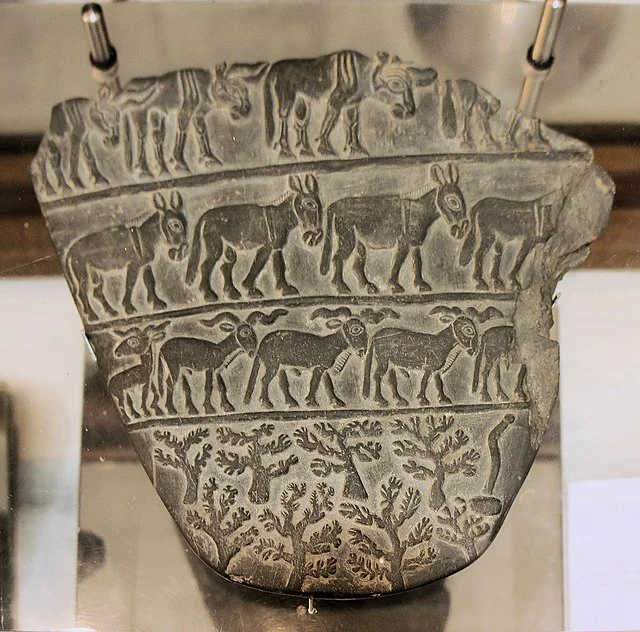
The Libyan Palette is a rectangular-shaped stone, crafted from a dark grey-green siltstone. Its carvings depict a series of bound prisoners and symbolic animals. Scholars believe these figures represent enemies of early Egyptian rulers, likely Libyan tribes from the west. The palette also shows early examples of animal motifs, which would become prominent in Egyptian art. These depictions highlight early Egyptian efforts to assert dominance over foreign groups.
Significance of the Prisoner Motif
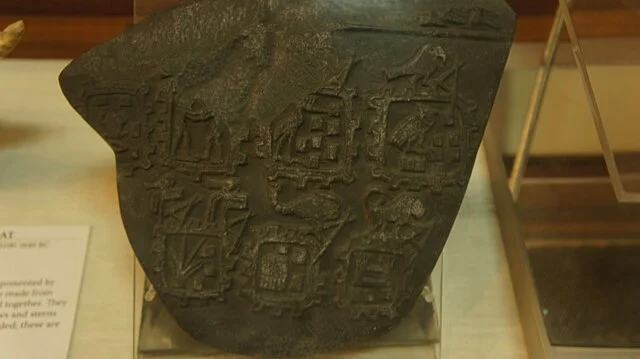
The image of bound captives on the Libyan Palette is an important symbol of power and conquest. Early Egyptian rulers used art to convey their authority over enemies. The prisoners depicted on the palette likely symbolize the Egyptians’ subjugation of the Libyan tribes during their territorial expansion. The presence of these figures reflects early Egyptian military victories and their rulers’ ability to dominate foreign lands.
Comparison to Other Predynastic Palettes
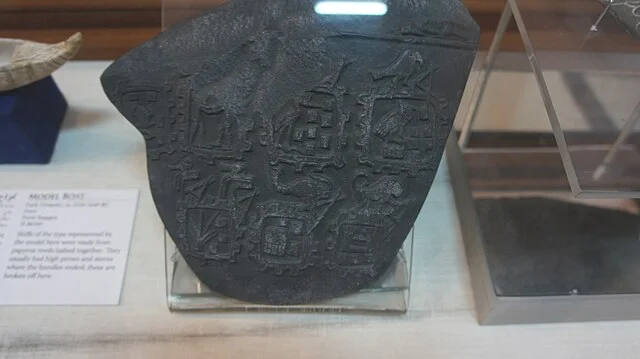
Like the famous Narmer Palette, which also dates from around 3100 BC, the Libyan Palette reflects Egypt’s early efforts at state formation. Both artifacts share similar motifs of victory and domination over enemies. However, while the Narmer Palette focuses on Egypt’s internal unification, the Libyan Palette seems to focus more on external threats. The Libyan Palette is smaller and less elaborate than the Narmer Palette, yet it provides an important glimpse into early Egypt’s geopolitical concerns.
Historical Implications
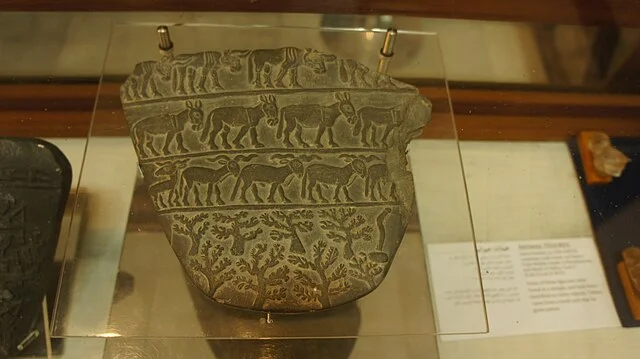
The Libyan Palette offers valuable information about the relationship between early Egypt and its western neighbors. The depiction of Libyan prisoners highlights the conflicts between early Egyptian rulers and Libyan tribes during the country’s expansion. This conflict likely played a significant role in shaping Egypt’s political landscape in the early Dynastic Period, as Egypt sought to secure its borders and assert dominance over nearby regions.
Conclusion
The Libyan Palette is a key artifact in understanding early Egyptian history, providing evidence of political conflict and military dominance. Its iconography, particularly the depiction of bound prisoners, reveals the early rulers’ desire to assert control over external threats. Although smaller and less elaborate than other predynastic palettes, the Libyan Palette holds immense value for understanding the complexity of Egypt’s rise to power.
Source:

